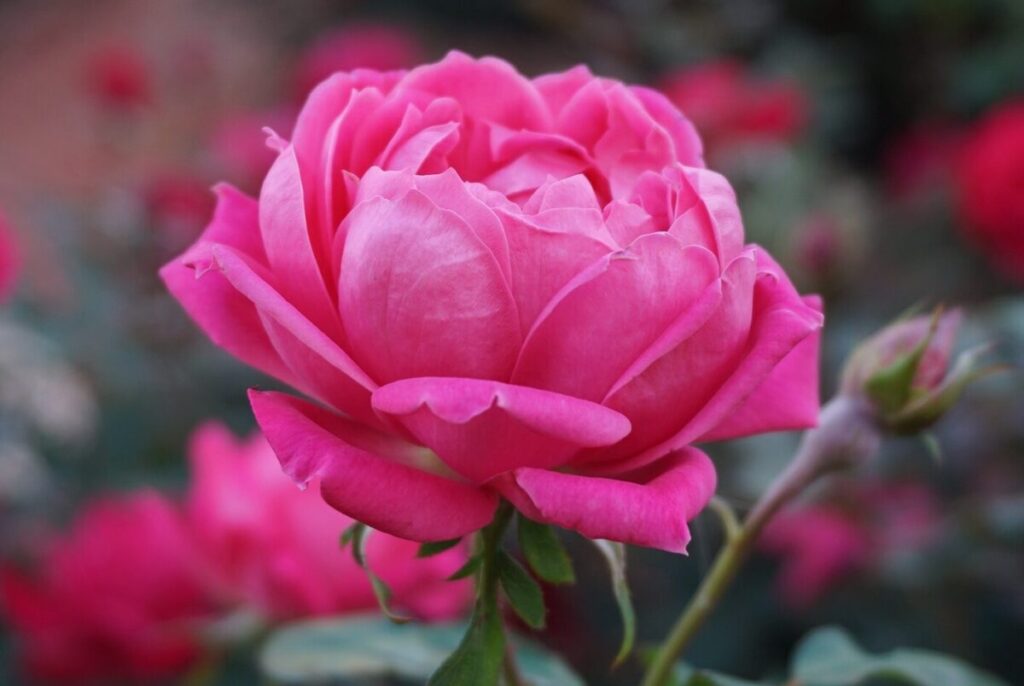With the start of July, there are many flowers that can start being sown in the garden. However, with such a wide selection it can be overwhelming. Here are a few flowers to consider sowing and growing this month.
Roses
There are a few varieties of roses that are long-flowering, allowing gardeners to enjoy their beauty into the autumn season. Some varieties include the Rosa Bonica, the Old Bush, and the Flower Carpet White roses.
However, the peak time for roses is often thought to be June. Therefore, gardeners should try to buy roses from a garden center and transplant them to the garden. By transplanting the plant, gardeners will allow the flowers to continue growing while still adding their natural beauty to the garden.

Nerines
These autumn-flowering bulbs strap-shaped leaves that typically die back before the flowers begin to bloom during the late summer or early autumn.
Nerines do well in areas that have well-drained soil and receive full sun. In fact, these flowers tend to thrive at the base of sunny, south-facing walls.
Nerines do not like to be disturbed; they are notorious for being temperamental after being moved. Because of this, it is best to try and avoid moving them once planted.
Additionally, gardeners shouldn’t be worried if there are no blooms the first autumn after the plant is transplanted; they typically bloom the year after.
Dahlias
These mid-to-late season flowers come in a variety of colors and forms. Blooming from late summer to fall, dahlias are best kept in moist, well-draining soil where they can receive full sun. Upon maturity, the flowers will grow anywhere from 1-6 ft. tall and 1-3 ft. wide, depending on the variety.
When growing dahlias, be sure to protect the plants from snails and slugs. They are also prone to fungal diseases, so be sure to keep the plants as dry as possible and allow for good air circulation.
However, dahlias are considered toxic to dogs and cats and can lead to rash, gastrointestinal irritation, vomiting, diarrhea, blisters, and abdominal pain. Be sure to contact your vet or poison control if you suspect your pets consumed any.
These three options are a great place for gardeners to start thinking about their July gardening activities. For more helpful information on gardening, be sure to check out our blog.
